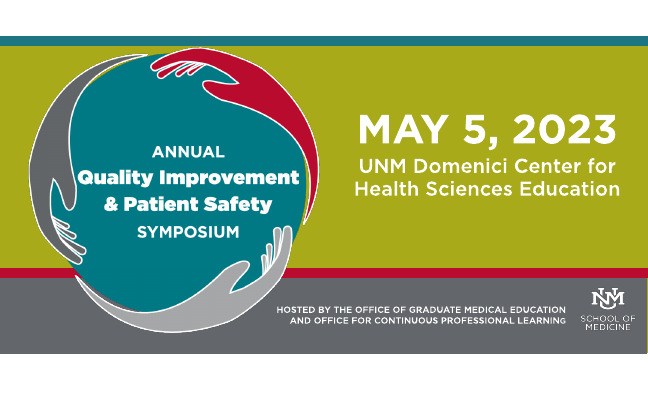Document Type
Poster
Publication Date
5-5-2023
Abstract
Problem Identification
Patients brought into the Emergency Department (ED) with pneumonia who require admission often receive broad-spectrum antibiotics, due to high acuity and desire to cover an array of possible pathogens. While this is reasonable, broad-spectrum antibiotics come with potential harms to both the individual patient and the community at large, and efforts should be made to narrow coverage as soon as possible, usually informed by culture data and sensitivities. To this end, IDSA guidelines for hospital acquired pneumonia currently recommend antibiotic treatment based on culture data, over empiric treatment[i]. However, culture data takes time. Therefore, antibiotic stewardship efforts should include mechanisms to improve culture collection in the ED, usually the first point of patient-provider contact. Indeed, there is some evidence that sputum cultures obtained in the ED identifies a plausible pathogen in >50% of patients with community acquired pneumonia[ii]. Furthermore, tracheal aspirate cultures drawn from endotracheal tubes that have been in place for some time may be more reflective of colonizing organisms rather than true pathologic infection. We aimed to improve the rate of collection of sputum samples in the ED for pneumonia patients requiring admission, and to evaluate whether this was helpful to inpatient teams or allowed sooner antibiotic de-escalation.
Methods
In the University of New Mexico ED, feasibility of obtaining sputum cultures in the ED was beta-tested by the resident author of this project, with assistance from respiratory therapy in obtaining cultures for intubated patients, and ED nurses for patients who were being admitted but not intubated. Presentations were given to ED residents and attendings on how and why to obtain sputum cultures for pneumonia patients upon diagnosis. Reminders were also created using ED resuscitation unit TV screen, by word-of-mouth and via resident group-chat. Data analysis is currently ongoing, but is involving data abstraction from Theradoc with plan to compare number of sputum cultures drawn in the ED pre- and post- intervention for admitted patients. Because this project involves a relatively small number of patients, we do plan on doing chart-review based work to see if culture data drawn in the ED was used to narrow antibiotics by inpatient teams.
Results/Anticipated Results
There has been a slight increase in sputum cultures drawn in the ED for patients admitted with pneumonia. We have yet to do further analyses to see how and if these sputum data informed patient care once admitted, and if there were any adverse events due to ED sputum collection, though this is unlikely. It is our hypothesis that ED sputum collection will decrease the number of broad-spectrum days when compared to patients who did not have sputum collection at all, or those who did have sputum cultures drawn but not until after admission.
Conclusion
Implementation of this quality-improvement project demonstrated that sputum collection in the ED for patients admitted with pneumonia is feasible. Further analyses will help provide information regarding the safety and efficacy of this intervention.
Recommended Citation
Watterson, Joanna; Jessica Mitchell; Elyse Sheehan; and Meghan Brett. "Saving the Microbiome one Phlegm at a Time: Sputum Collection in the ED for Patients Admitted with Pneumonia." (2023). https://digitalrepository.unm.edu/hsc_qips/89


Comments
Poster Presented at UNM Health Sciences Center Quality Improvement & Patient Safety Symposium 2023